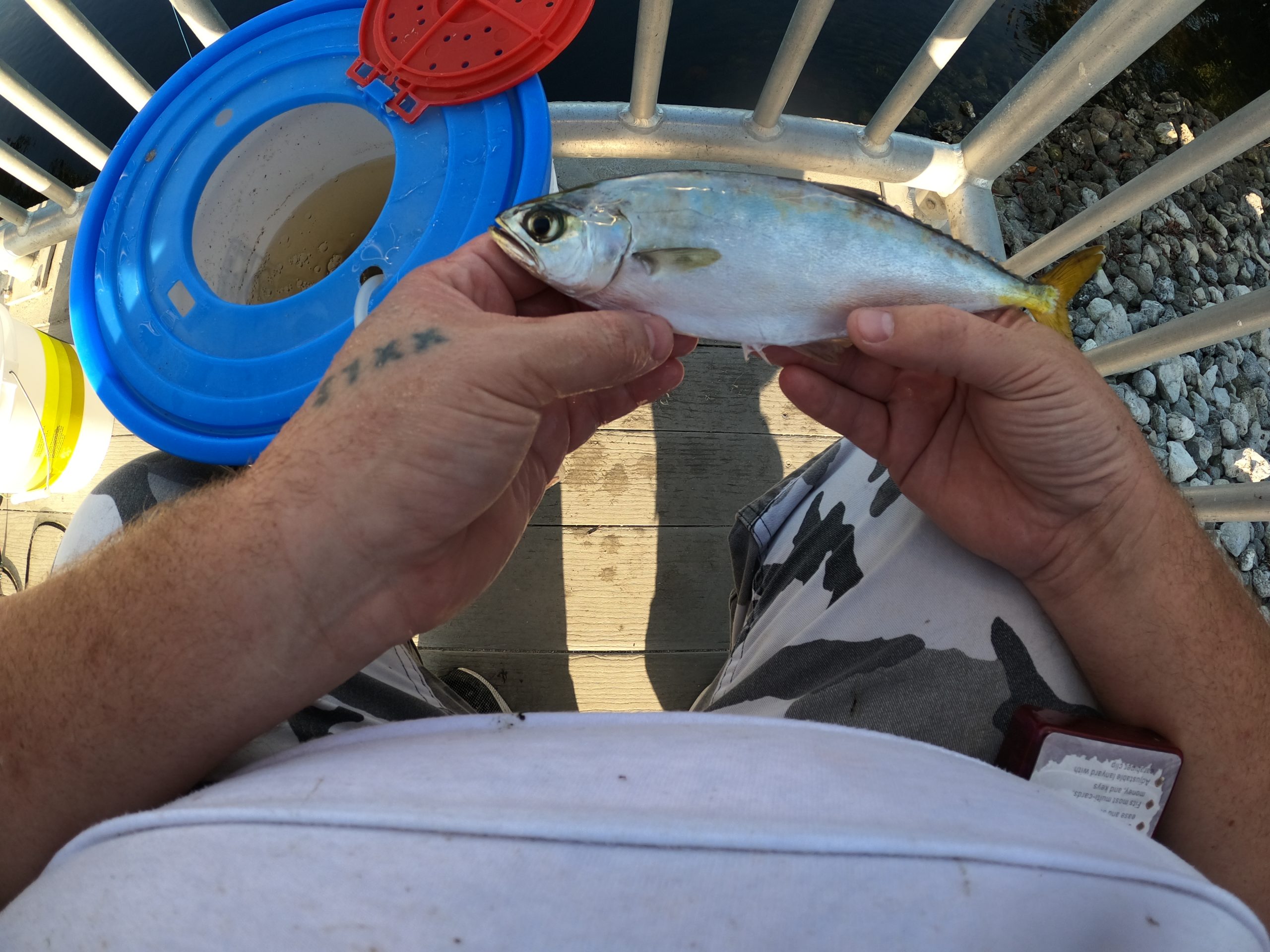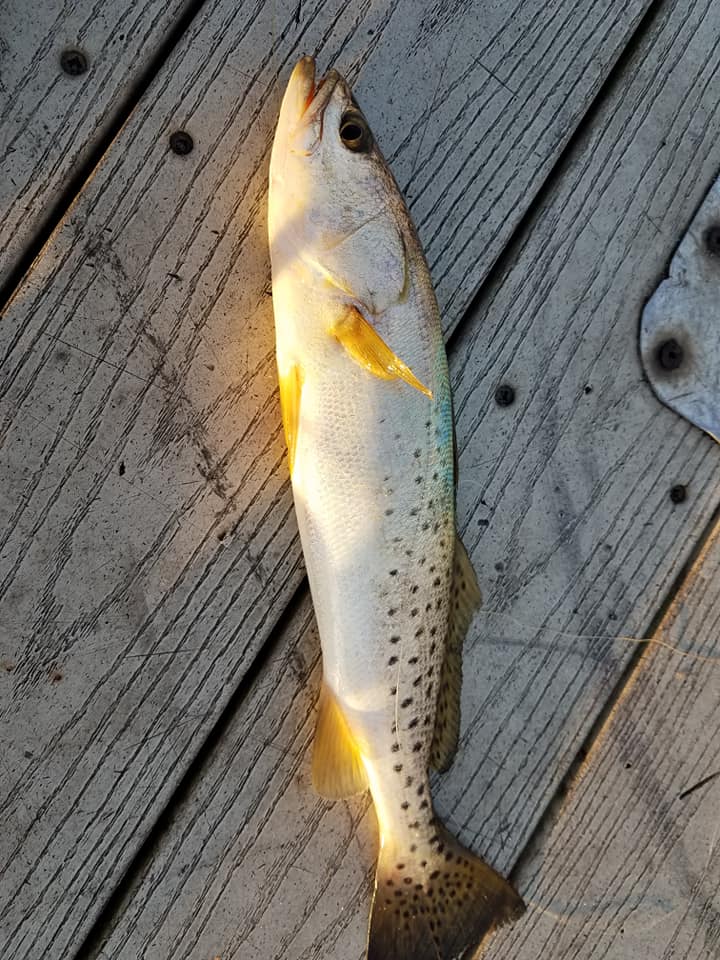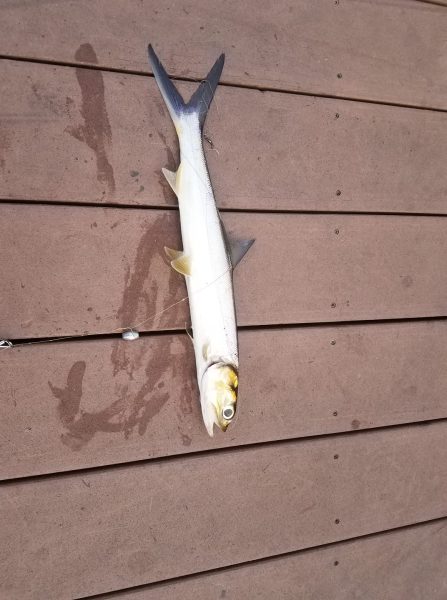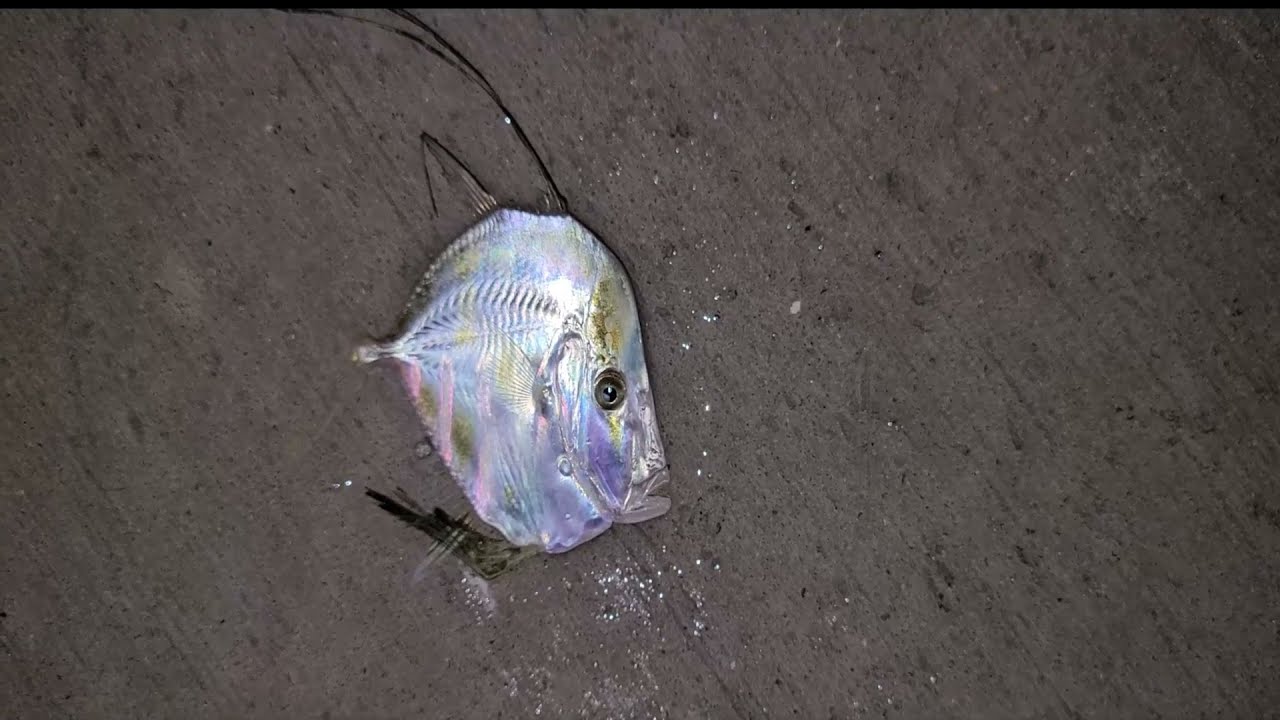Leatherjacket Fish
Leatherjacket
1. Understanding Leather Jacket Fish
Typically found in tropical and subtropical waters, leather jackets get their name from their characteristic leathery skin and flattened bodies. They have an oval-shaped, robust body and are colored in a variety of ways. They frequently have complex patterns on their bodies that aid in their camouflage among rocky seafloors and coral reefs. The fish are diversified in size and exhibit their distinct morphology, with an average length ranging from 10 to 50 cm.
2. Habitat and Distribution
Leather jacket fish flourish in the warm, shallow waters of the Indo-Pacific region, which encompasses regions like the Great Barrier Reef. They prefer environments such as coral reefs, seagrass beds, and rocky substrates, where they can conceal themselves from predators while ambushing their prey. Their resilience in a variety of aquatic ecosystems is demonstrated by their expansive distribution, which extends from the eastern coast of Africa to the western shores of the Americas.
3. Feeding Habits
These fish are omnivores, eating algae, small crustaceans, mollusks, and other small animals. Their beak-like teeth are designed for grazing on hard surfaces, allowing them to scrape off organic matter. This feeding behavior is critical in preserving the health of their marine environments.
4. The Poisonous Nature of Leather Jacket Fish
A leather jacket fish’s poisonousness is its most interesting feature. Although not all types of leather jackets are poisonous, some do have certain undesirable qualities:
- Toxins: Leather jacket fish have toxins referred to as ovenfish toxin, that have the potential to harm humans. Toxins like these are poorly understood, but they can cause symptoms like nausea, headaches, and even respiratory distress in extreme cases.
- Defensive Mechanism: The poison is used as a defense against predators, discouraging them from attacking. Potential hazards of their toxicity are additionally indicated by their distinctive body shape and vibrant colors.
- Human Interaction: Fishermen frequently mistake these fish for safe catches, resulting in accidental consumption. It is critical to inform local fishing communities about the dangers of harvesting leather jacket fish.
5. Culinary Considerations
Despite their toxicity, some cultures consider leather jacket fish a delicacy, provided they are prepared correctly:
- Cautious Preparation: Expert chefs in specific regions are aware of the proper methods for preparing leather jackets in a safe manner. Internal organs, skin, and any potentially toxic tissue must be removed during the cooking process.
- Cooking Methods: Traditional cooking techniques may include boiling, grilling, or frying. However, caution must always be exercised, as improper preparation can lead to severe health risks.
- Regulations: In many jurisdictions, laws regulate the fishing and consumption of leather jacket fish to minimize risks associated with poisoning.
6. Conservation Status
Even though they are common, overfishing, habitat loss, and environmental changes pose threats to some species of leather jacket fish. Their populations and the health of marine ecosystems depend on conservation efforts. Measures consist of:
- Protected Areas: Marine protected areas can be established to aid in the preservation of their natural habitats.
- Responsible Fishing: It is possible to prevent the overexploitation of these distinctive fish by advocating for sustainable fishing practices.
- Public Awareness: Respect for marine life and the significance of conservation can be fostered through education regarding the ecological significance of leather jacket fish.
Share this content:







Post Comment
You must be logged in to post a comment.